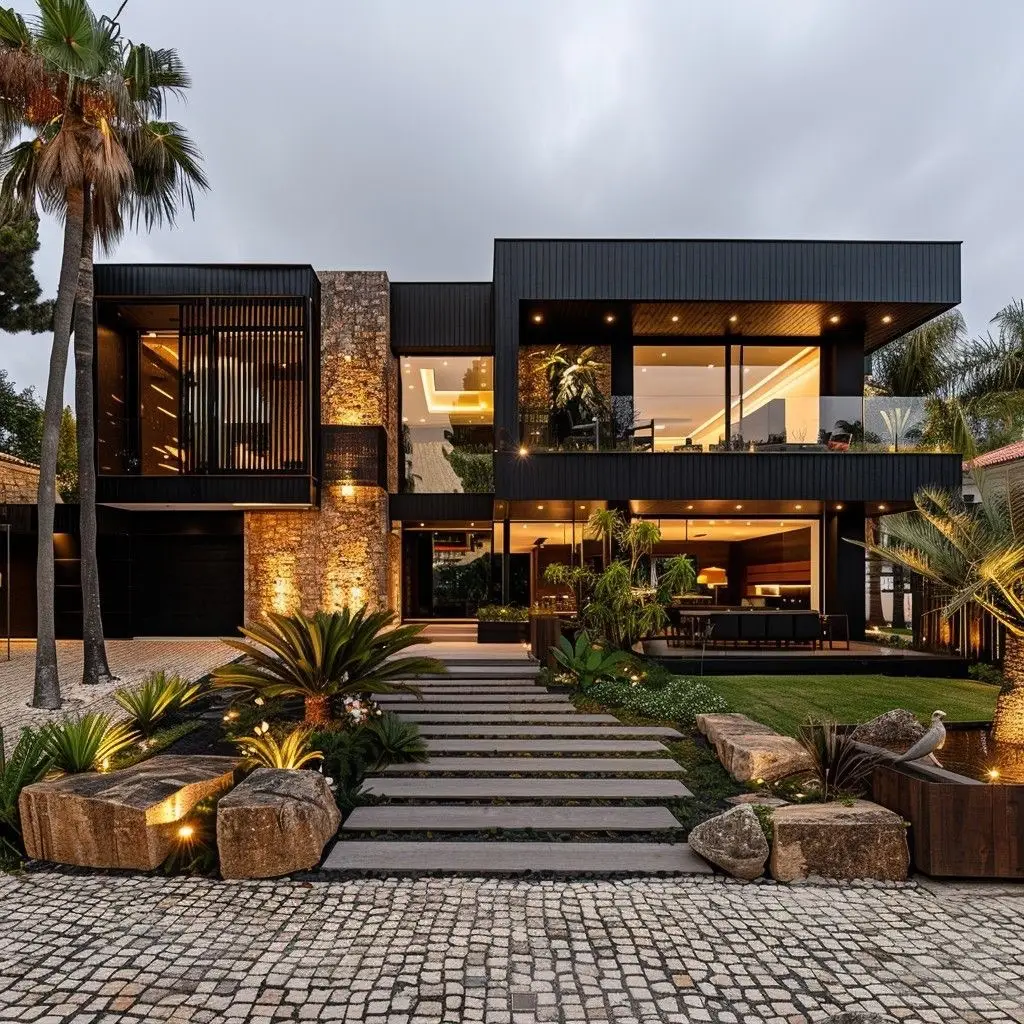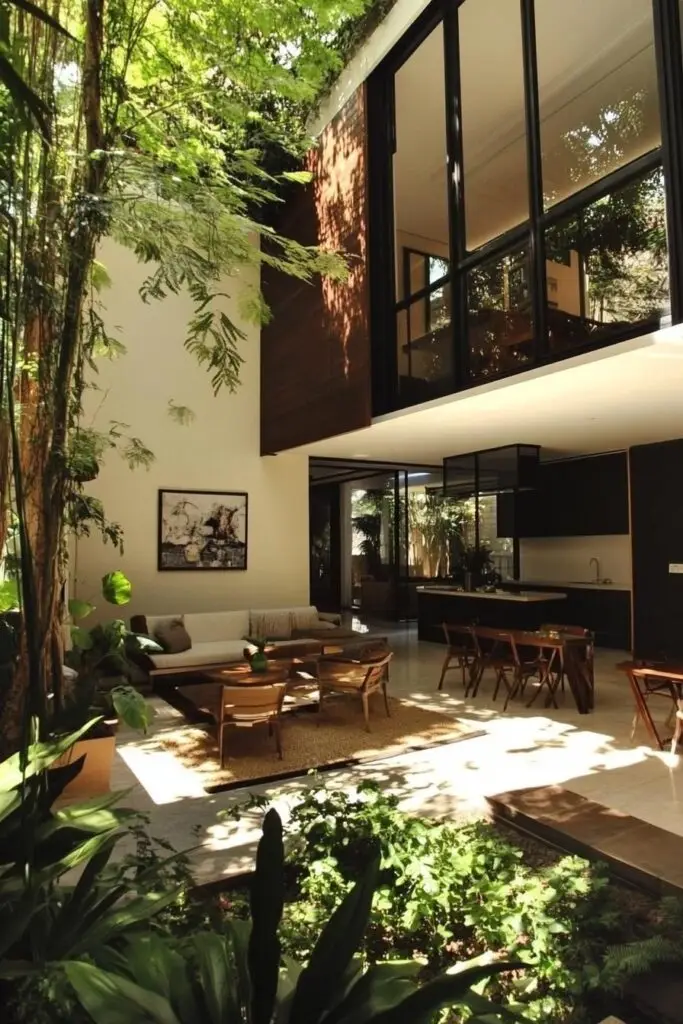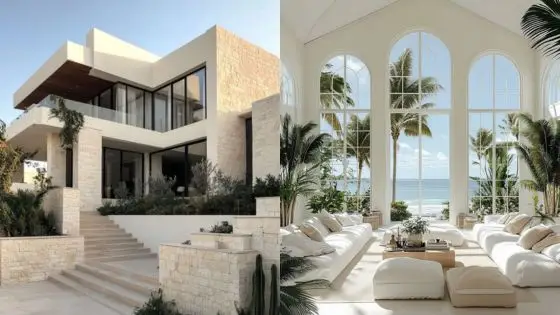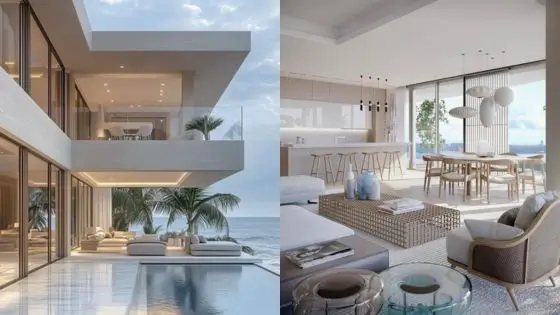When searching for the perfect place to live, the way a house is designed can be just as important as its location or price. If you have ever seen luxury houses for sale in San Miguel de Allende, you know that the design of a home makes the strongest impression. The variety of styles In San Miguel de Allende neighborhoods—from colonial elegance to modern minimalism—demonstrates how architecture shapes the experience of living in a beautiful home.
Design impacts how welcoming a space feels, how well it suits everyday needs, and how it resonates on an emotional level.
In this article, we’ll explore why architectural design significantly influences home-buying decisions and how different elements can either attract or deter potential buyers.


Curb Appeal and Visual Impact Influencing First Impressions
The exterior of a home is the first thing a potential buyer sees, and that initial visual impact is crucial. A thoughtfully designed facade, whether minimalist and modern or rich with traditional elements, sets expectations before anyone steps inside. It’s not about impressing with grandeur but about creating a sense of cohesion and charm. Symmetry, balance, and proportion in architecture help form a sense of stability and order. Features like well-designed entryways, window placements, and even rooflines can make a property stand out.
Curb appeal doesn’t exist in isolation—it’s tied to the surrounding environment. A house that looks good in its setting feels like it belongs, and this connection often makes it more attractive. For buyers, the design of a home is often a reflection of their own style and values. A strong first impression built on appealing architectural design can quickly move a property to the top of the list.
Interior Layout and Space Optimization
Once inside, buyers pay attention to how space is used and organized. Architectural design isn’t just about looks; it’s about function and flow. An open floor plan can feel welcoming and flexible, especially for those who entertain frequently or have growing families. Conversely, some buyers appreciate more defined spaces for privacy or purpose. The way rooms connect—or don’t—has a direct impact on how someone envisions living in the home.


Natural light is another key design feature. Strategic window placement and ceiling height can dramatically affect the atmosphere of a home. A bright, airy room with high ceilings feels more expansive, while clever design can make smaller rooms feel cozy yet spacious. People want homes that feel good to be in, and thoughtful architectural decisions make that possible.
The layout also needs to make sense for day-to-day living. A well-placed kitchen, accessible bathrooms, and useful storage areas might not be flashy design elements, but they make a house work better. Good design makes life smoother, and buyers quickly notice when a space is designed with real living in mind.
Functionality and Lifestyle Alignment
Homes are personal, and the architectural design needs to match how a person wants to live. Some people need a home office, others prioritize outdoor living spaces, and families might look for multiple bedrooms with flexible common areas. A house that can adapt to different lifestyles has a broader appeal. Design features like multifunctional rooms, covered patios, or even built-in storage show that a home can accommodate different needs over time.


Another factor is energy efficiency and technology. Homes designed with sustainability in mind—through insulation, ventilation, or solar integration—not only save money but also attract buyers who value comfort and efficiency. Similarly, smart home features that are integrated into the design (rather than added later) are increasingly sought after. Architectural design that anticipates these needs shows foresight and care.
A home that aligns with a buyer’s lifestyle is more than just appealing—it feels right. It suggests ease, comfort, and a future that fits. That alignment often seals the deal.
Emotional Resonance and Personal Connection
Beyond practical considerations, architectural design creates emotional reactions. A space that flows well, looks beautiful, and feels balanced can stir a sense of connection. Buyers often talk about having a “feeling” about a home. That feeling usually comes from design elements working together to create comfort, warmth, or excitement.
It could be a striking staircase, a cozy fireplace nook, or an arched hallway that evokes memories or dreams. These elements aren’t just about style; they create a sense of identity. People imagine their lives unfolding in these spaces, and that emotional engagement can drive a quick, confident decision.
Homes with unique, well-considered design features stand out. They create a sense of “this is the one,” even if the buyer wasn’t initially planning to buy. Architectural design can surprise and delight in ways that make a home memorable—and, ultimately, desirable.
Investment Value and Resale Considerations
Since architectural design is important when buying, it must also matter when selling. A well-designed home typically retains its value better and can appreciate more over time. Thoughtful design adds a layer of quality that buyers recognize, and quality rarely goes out of style.
Homes with timeless design elements are more likely to appeal to a broad audience, making resale easier. Conversely, overly trendy designs might lose appeal as styles shift. Striking a balance between current appeal and classic design ensures that a home remains attractive over time.
Buyers also consider the cost and complexity of potential renovations. In their eyes, a well-designed home that doesn’t need major changes is often worth more. It’s not just about the purchase price—it’s about the total investment. Smart architectural choices support both enjoyment of the home and confidence in its future value.
Regional and Cultural Influences


Location matters in architecture. Buyers often seek homes that reflect the cultural richness and architectural heritage of the area. Elements like courtyards, stone accents, and custom ironwork aren’t just decorative—they connect the home to its place.
Another consideration is climate-responsive design. Features like shaded patios, thick walls, and cross-ventilation help homes stay comfortable naturally. Buyers appreciate designs that respect the environment and enhance livability.
In regions with strong cultural identity, homes that reflect local design traditions tend to resonate more. They offer a sense of belonging and authenticity. Architectural design that understands and honors these regional influences not only stands out—it often becomes a deciding factor for buyers.
Let’s Conclude
Architectural design is more than just how a house looks—it’s about how a house lives. From the initial visual impact to the long-term investment, design plays a key role in buying decisions. It influences emotions, supports lifestyles, and builds value. For anyone considering a move or evaluating homes, paying attention to architectural design isn’t just smart—it makes the difference between buying a house and finding a home.
- 0shares
- Facebook0
- Pinterest0
- Twitter0



